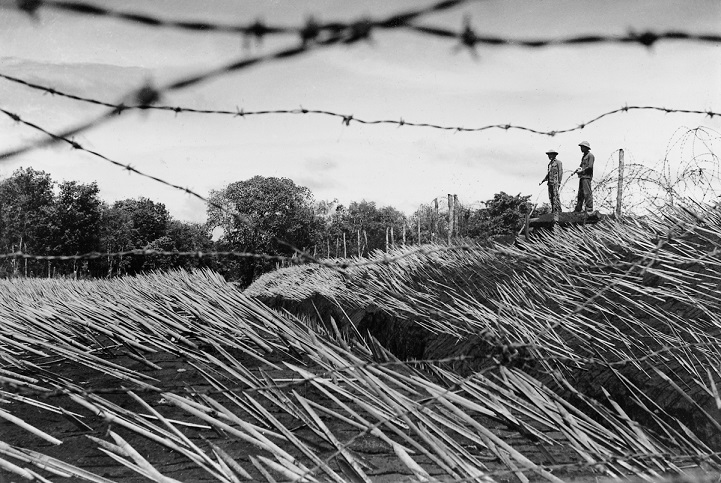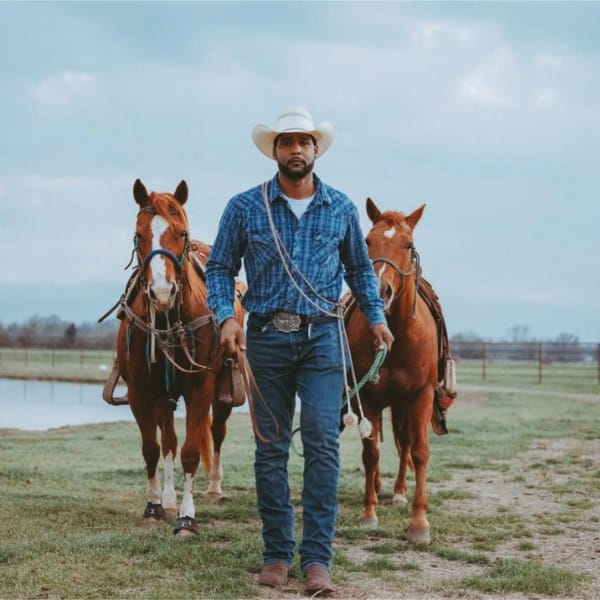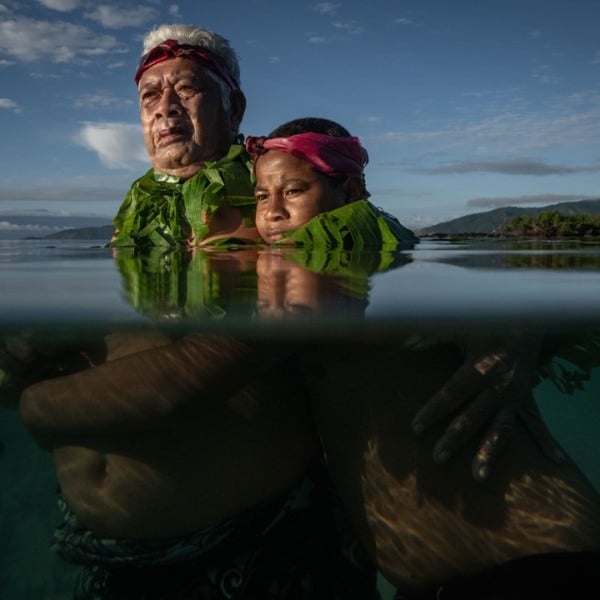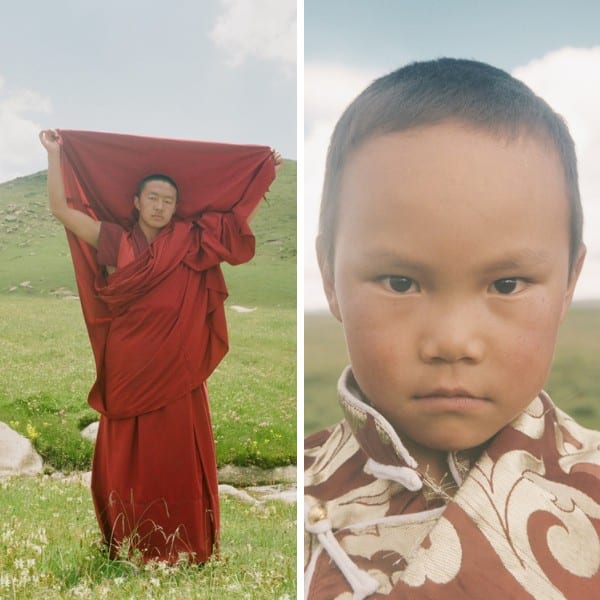The Vietnam War was a long and gruesome battle with a huge cost accumulated on both sides, in terms of human fatalities. Since it ended over 40 years ago, it remains an event that haunts our collective history. Many maintain a vision of the war filtered through a handful of famous pictures that were captured by courageous civilians or military officers. Yet, the majority of these iconic shots were taken by Western photographers, or South Vietnamese, and offer only one side of the devastation that occurred.
Here is a rare glimpse of the bloody war from the perspective of the other side. The series of images were collected by some of the hundreds of North Vietnamese and Viet Cong photographers, and documents the gruesome details of the battle, as seen from the eyes of the “enemy.” Photography is a powerful weapon during times of war, exposing situations that only a few are privy to and can be transformed into a tool of propaganda. The collection, taken from the recently released book Another Vietnam: Pictures of the War from the Other Side, aims not to be controversial, nor disrespectful, but to broaden the understanding of massive impact that the war had on everyone involved. The series depicts peasant people desperately fighting, and eventually overcoming, the most powerful nation on Earth.
Above: 1972- An outpost guarded by guerillas along the Vietnam-Cambodian border. Poisoned bambo punji stakes protect the soldiers. These stakes are sharpened and then hardened using fire, then hidden where enemy soldiers would step on them. Designed to wound, but not kill, as the wounded soldiers would hinder the unit and medevacs would reveal its position.
IMAGE: LE MINH TRUONG/ANOTHER VIETNAM/NATIONAL GEOGRAPHIC BOOKS
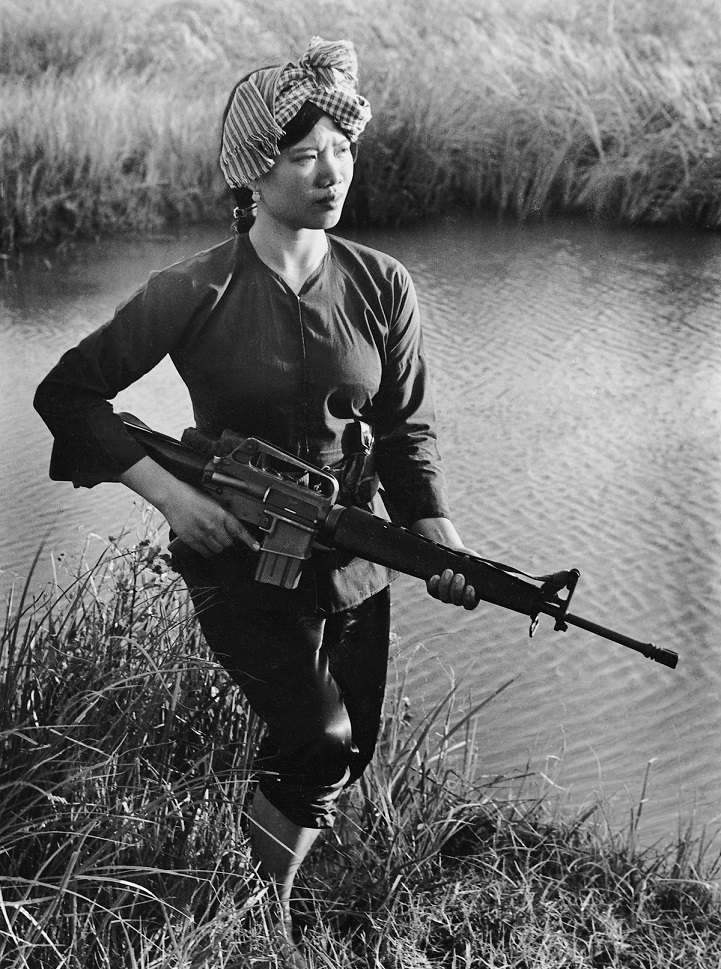
1973- A guerrilla standing guard in the Mekong Delta. “You could find women like her almost everywhere during the war,” said the photographer. “She was only 24 years old but had been widowed twice. Both her husbands were soldiers. I saw her as the embodiment of the ideal guerrilla woman, who'd made great sacrifices for her country.”
IMAGE: LE MINH TRUONG/ANOTHER VIETNAM/NATIONAL GEOGRAPHIC BOOKS
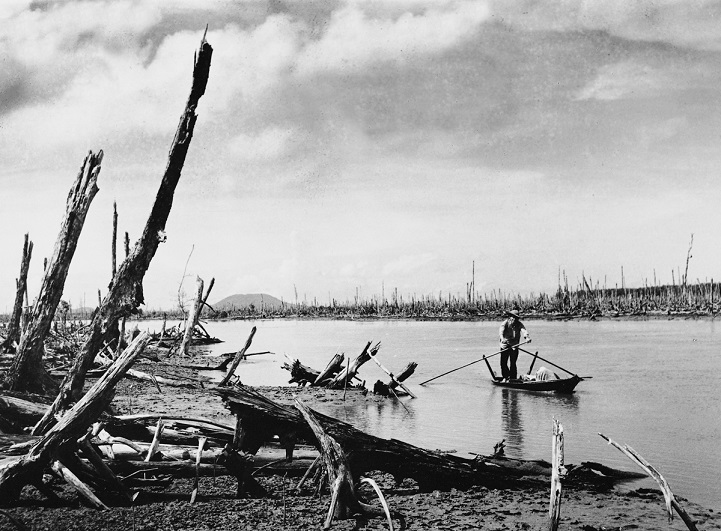
1970- A guerrilla paddles along the Mekong Delta, through a mangrove forest defoliated by Agent Orange. The landscape was denuded with chemicals by the Americans in order to reduce coverage for the Viet Congs. The photographer was sickened by what he saw, since the Vietnamese regard mangrove forests as bountiful areas for agriculture and fishing.
IMAGE: LE MINH TRUONG/ANOTHER VIETNAM/NATIONAL GEOGRAPHIC BOOKS
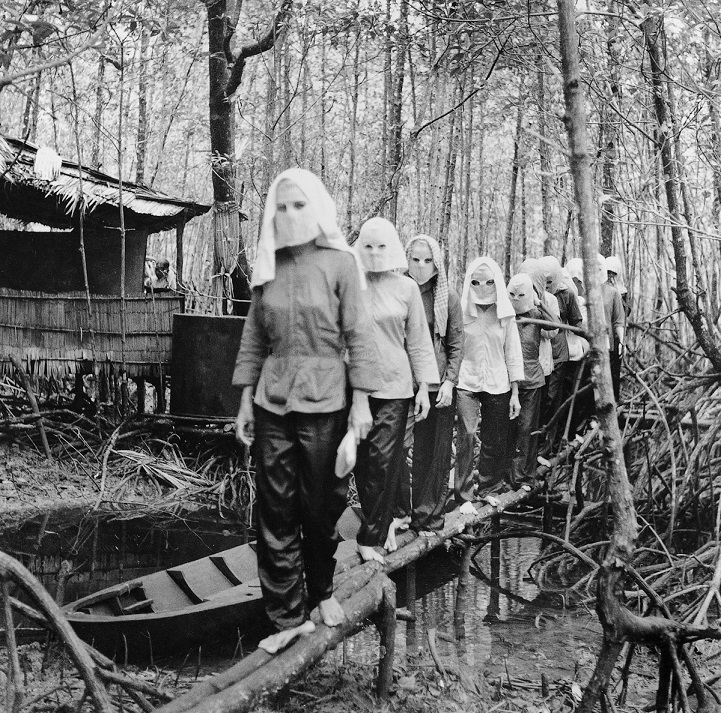
Surprised by the lack of North Vietnamese literature showcasing the war during his travels to the country, photojournalist Doug Niven began to track down surviving photographers in 1990. While “nine out of ten Vietnamese photographers were killed in the field, taken by bullets and bombs, and others succumbed to dysentery and malaria,” Niven did manage to recover thousands of images, many of which were still negatives and had never been printed.
Many of the pictures were taken by self-taught photographers who worked for the Vietnamese News Agency or various local newspapers. Film equipment and developing supplies were precious commodities; chemicals mixed in teacup saucers and photographs processed in the middle of the night underneath the stars, formed make-shift processing materials and darkrooms. Gunpowder, collected from rifle cartridges and lit with matches stood in for flash photography.
These evocative images capture the spirit of the soldiers, and commemorate the sacrifices made on both sides. Interviews with photographers offer an eye opening perspective to one of “the most troubling and divisive foreign wars ever fought by the United States.” From thousands of never-before-seen photographs tracked down by Niven,188 were selected and printed within Another Vietnam: Pictures of the War from the Other Side, published by the National Geographic, now available on Amazon.
Above: 1972- Activists meeting in the Nam Can forest, wearing masks to hide their identities from one another in case of capture and interrogation. From this location in the mangrove swamps of Mekong Delta, forwarding images to the North was difficult. “Sometimes the photos were lost or confiscated on the way,” said the photographer.
IMAGE: VO ANH KHANH/ANOTHER VIETNAM/NATIONAL GEOGRAPHIC BOOKS
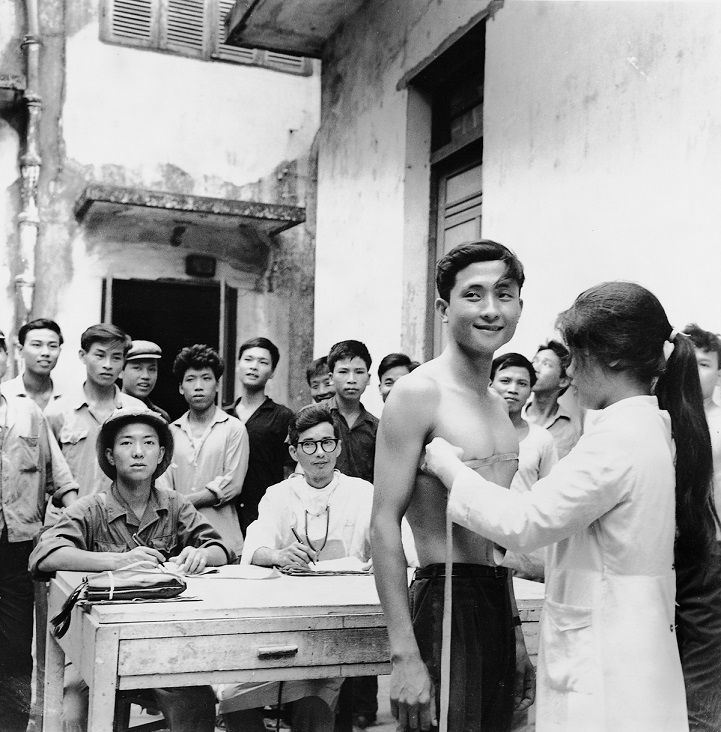
July 1967- New recruits receiving physical examinations in Haiphong. The North's typical volunteer system was transformed into a mandatory system in 1973, and all able-bodied males were drafted. From a corps of around 35,000 men in 1950, the North Vietnamese Army expanded to over half a million men by the mid-'70s, a force the U.S. military conceded was one of the finest in the world.
IMAGE: BAO HANH/ANOTHER VIETNAM/NATIONAL GEOGRAPHIC BOOKS
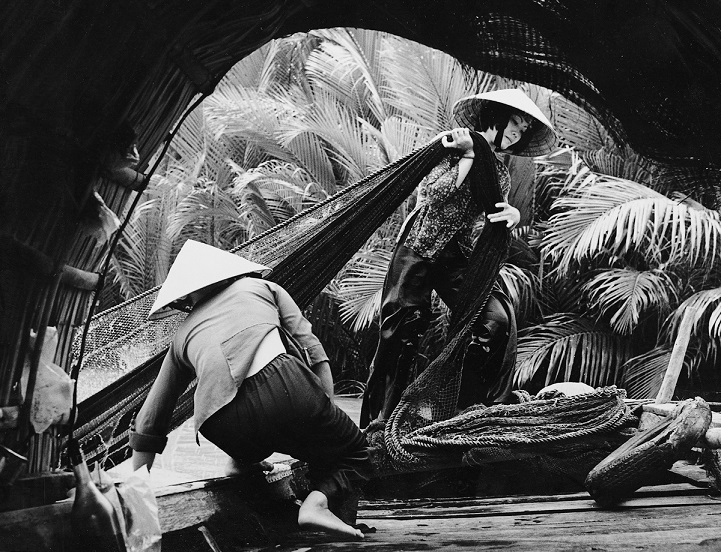
1974- Taking over a job typically performed exclusively by men, women haul in heavy fishing nets on the upper branch of the Mekong River.
IMAGE: LE MINH TRUONG/ANOTHER VIETNAM/NATIONAL GEOGRAPHIC BOOKS
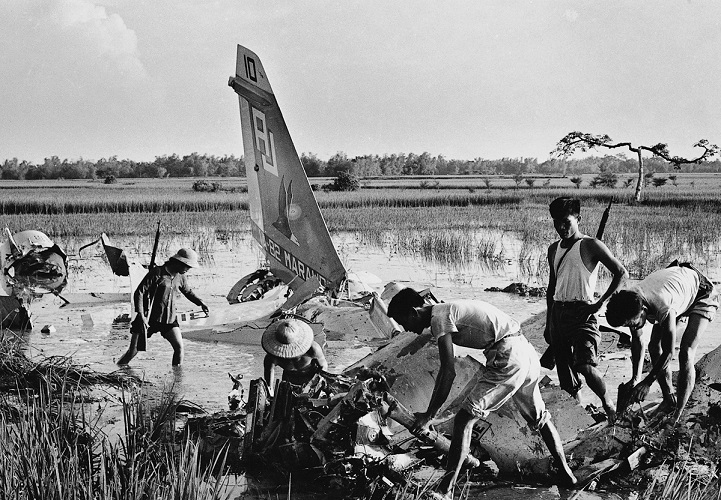
June 1972- Militia members sort through the debris of an American plane downed by small-arms fire in the Hanoi suburbs. To avoid radar detection, the pilot had been flying at treetop level but at this height, low-flying planes were more vulnerable to small arms. U.S. planes targeted Hanoi industrial sites, however most industries were relocated to the countryside.
IMAGE: DOAN CONG TINH/ANOTHER VIETNAM/NATIONAL GEOGRAPHIC BOOKS
“We had to be extremely careful because we had limited amounts of film that had been distributed to us by our paper. For us, one photo was like a bullet.” – Nguyen Dinh Uu
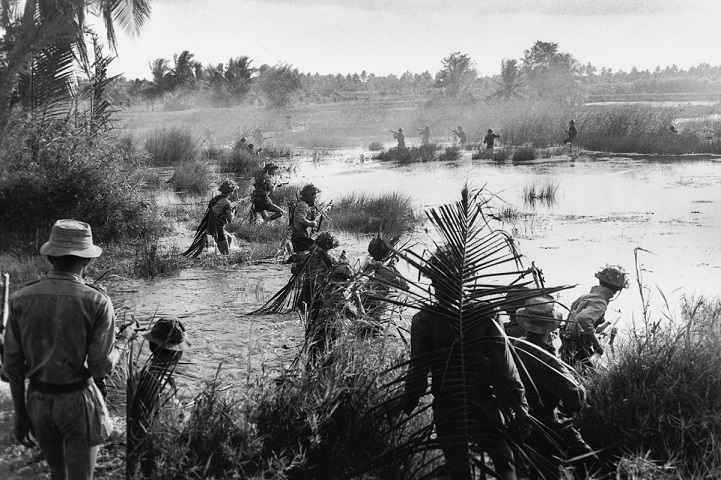
Date unknown- Viet Cong meet the enemy face-to-face, most likely in the Mekong Delta or Plain of Reeds. This rare image reveals both sides during combat, Army of the Republic of Viet Nam soldiers at the top and Viet Cong in the foreground. The VC have flanked the enemy at left and right, which likely meant the ARVN unit was wiped out.
IMAGE: HOANG MAI/ANOTHER VIETNAM/NATIONAL GEOGRAPHIC BOOKS

September 1965- A militia company practices firing ahead of speeding aircraft in Thanh Tri with overhead targets. Even with antiquated WWII rifles such as these, the Vietnamese were able to cripple and destroy many U.S. aircraft. This militia group, Company #6 of the Yen My Commune, earned the title of “Excellent Militia” three years in a row.
IMAGE: MINH DAO/ANOTHER VIETNAM/NATIONAL GEOGRAPHIC BOOKS
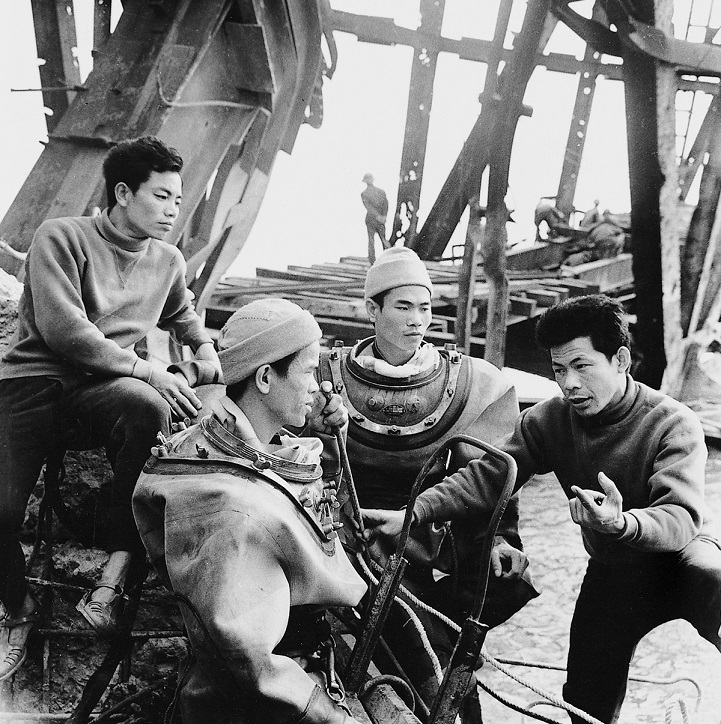
1973- Construction workers discussing repairs of the bombed out Ham Rong Bridge, located in central North Vietnam. As the only route across the Ma River for heavy trucks and machinery, the bridge was heavily defended, and several U.S. planes were shot down nearby. An American MIA search team found pilot remains there.
IMAGE: UNKNOWN PHOTOGRAPHER/ANOTHER VIETNAM/NATIONAL GEOGRAPHIC BOOKS
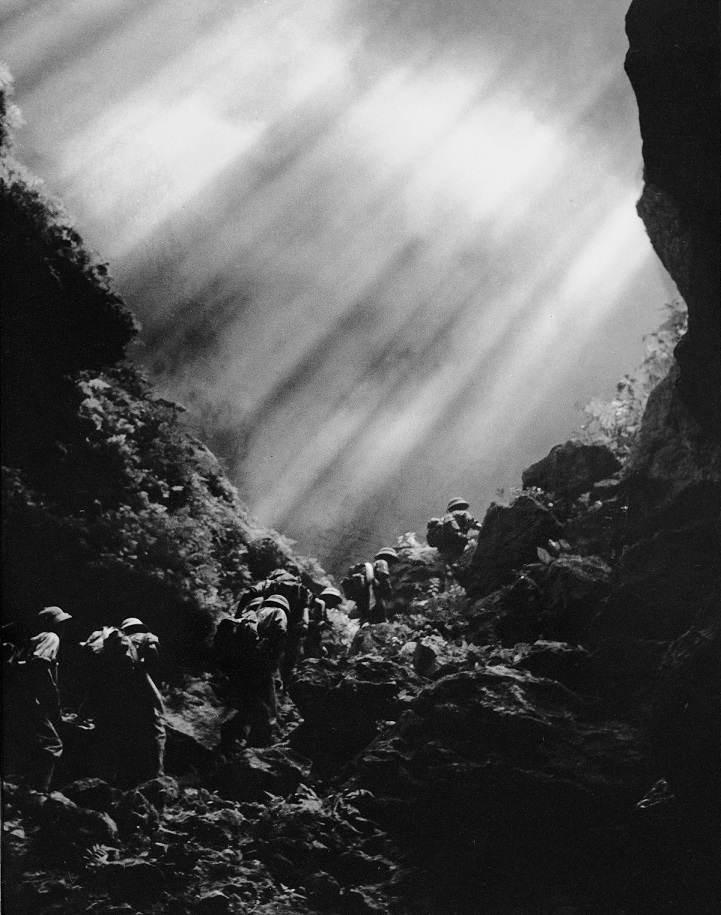
1966- Troops walk along the Ho Chi Minh Trail within the Truong Son Mountains, a 750-mile-long trail running along the spine of Vietnam, stretching much of the country's western border. To the soldiers of the North, the Ho Chi Minh Trail was known as the Truong Son Road.
IMAGE: LE MINH TRUONG/ANOTHER VIETNAM/NATIONAL GEOGRAPHIC BOOKS
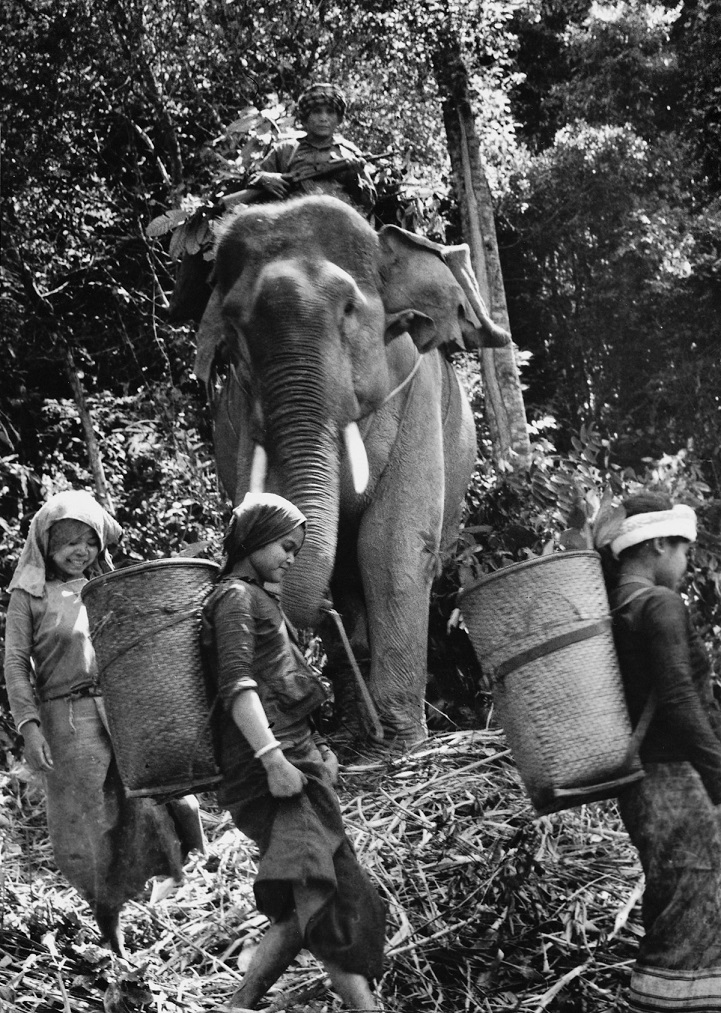
March 1971- Laotian guerrillas haul supplies by elephant and foot to the North Vietnamese Army's troops near Route 9 in southern Laos during South Vietnam's attempted interdiction of the trail. The invasion, Operation Lam Son 719, was intended to test ARVN's ability as U.S. support was winding down. It proved disastrous, with Southern troops fleeing in panic.
IMAGE: DOAN CONG TINH/ANOTHER VIETNAM/NATIONAL GEOGRAPHIC BOOKS
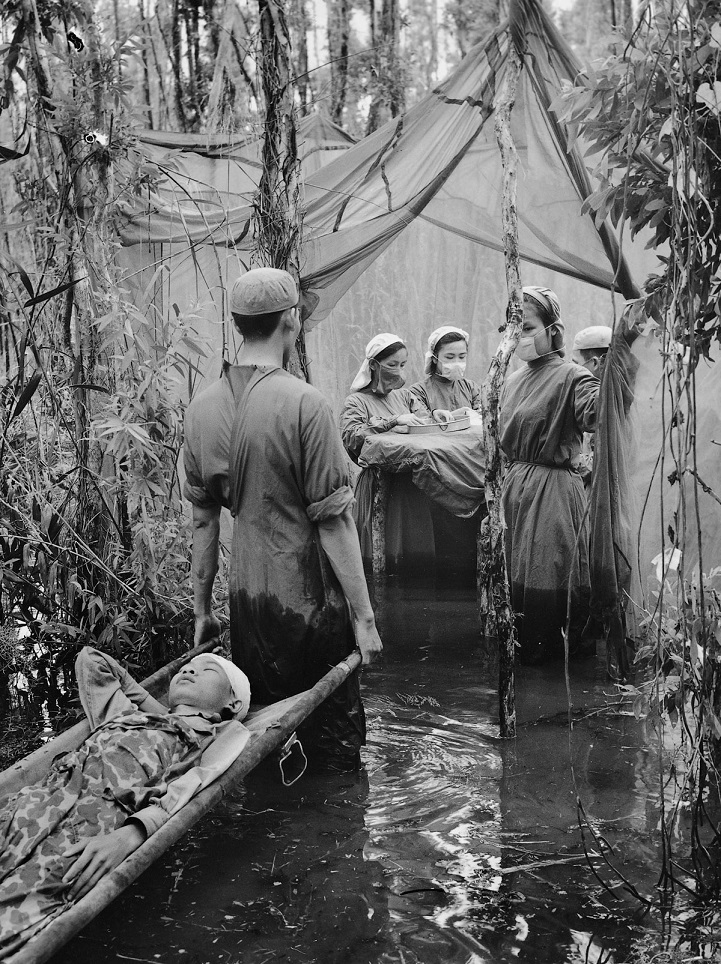
Sept. 15, 1970- A victim of American bombing, Cambodian guerrilla Danh Son Huol is carried to an operating room rigged within a mangrove swamp on the Ca Mau Peninsula. This was an genuine medical situation, not a publicity setup. However, the image was considered unexceptional by the photographer and never printed.
IMAGE: VO ANH KHANH/ANOTHER VIETNAM/NATIONAL GEOGRAPHIC BOOKS
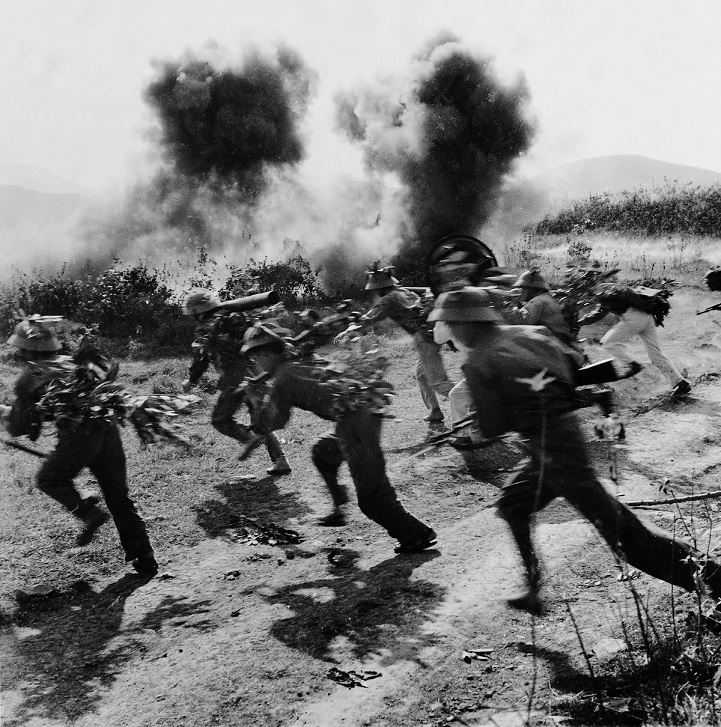
1972- Soldiers of the North Vietnamese Army run across open ground near strategic Highway 9 in southern Laos during Operation Lam Son 719, the failed attempt of the South to cut the Ho Chi Minh Trail.
IMAGE: NGUYEN DINH UU/ANOTHER VIETNAM/NATIONAL GEOGRAPHIC BOOKS
“I was certainly not taking photos for their aesthetic appeal. I was not thinking of beauty. Burned and shattered homes and dead bodies are not pretty. Any pretence of aesthetics was replaced by our purpose of recording the war.” Duong Thanh Phong
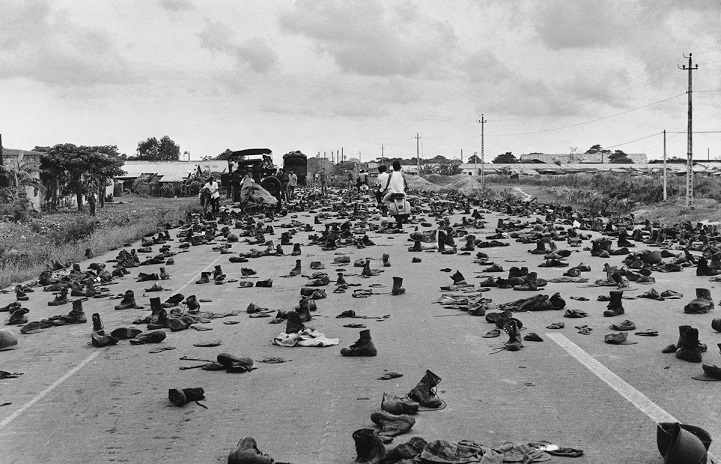
April 30, 1975- Combat boots litter the road on the outskirts of Saigon, tossed aside by ARVN soldiers as they shed their uniforms to hide their status. “I'll never forget the shoes and the loud ‘thump, thump, thump' sound as we drove over them,” recalled the photographer. “Decades of war were over and we finally had peace.”
IMAGE: DUONG THANH PHONG/ANOTHER VIETNAM/NATIONAL GEOGRAPHIC BOOKS
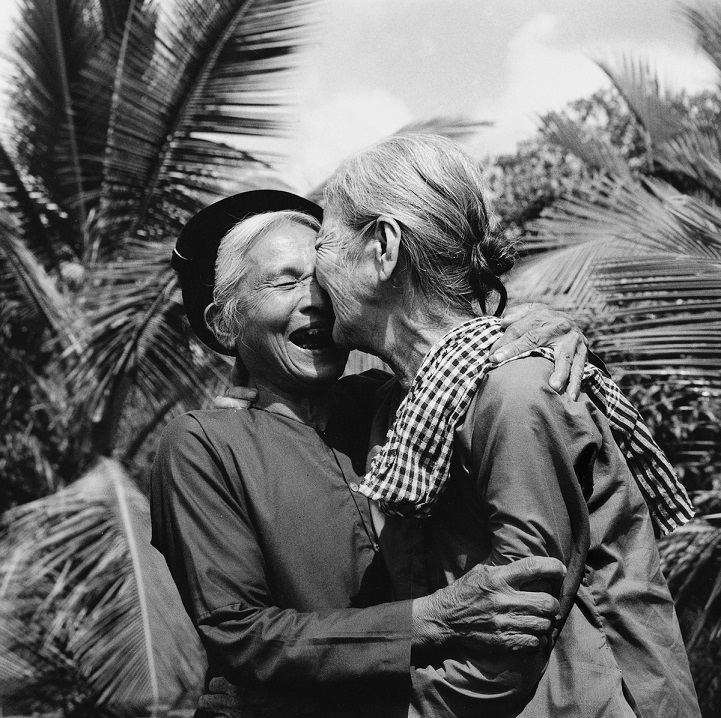
May 1975- Elders from North and South embrace, having survived to see Vietnam reunited and unoccupied by foreign powers.
IMAGE: VO ANH KHANH/ANOTHER VIETNAM/NATIONAL GEOGRAPHIC BOOKS
“The survivors are called witnesses of history. I don't know if we ourselves are witnesses, but our photographs certainly are. They paid the price with blood.”-Doan Cong Tinh
via [Mashable, Amusing Planet]
